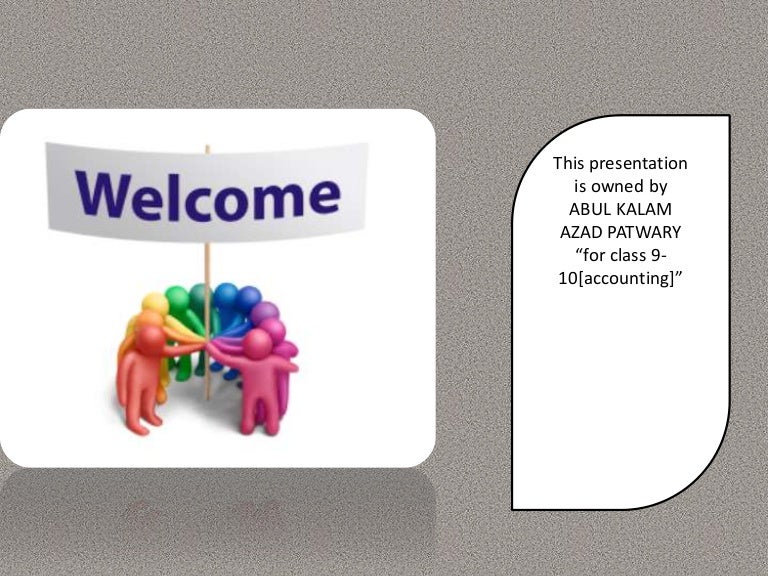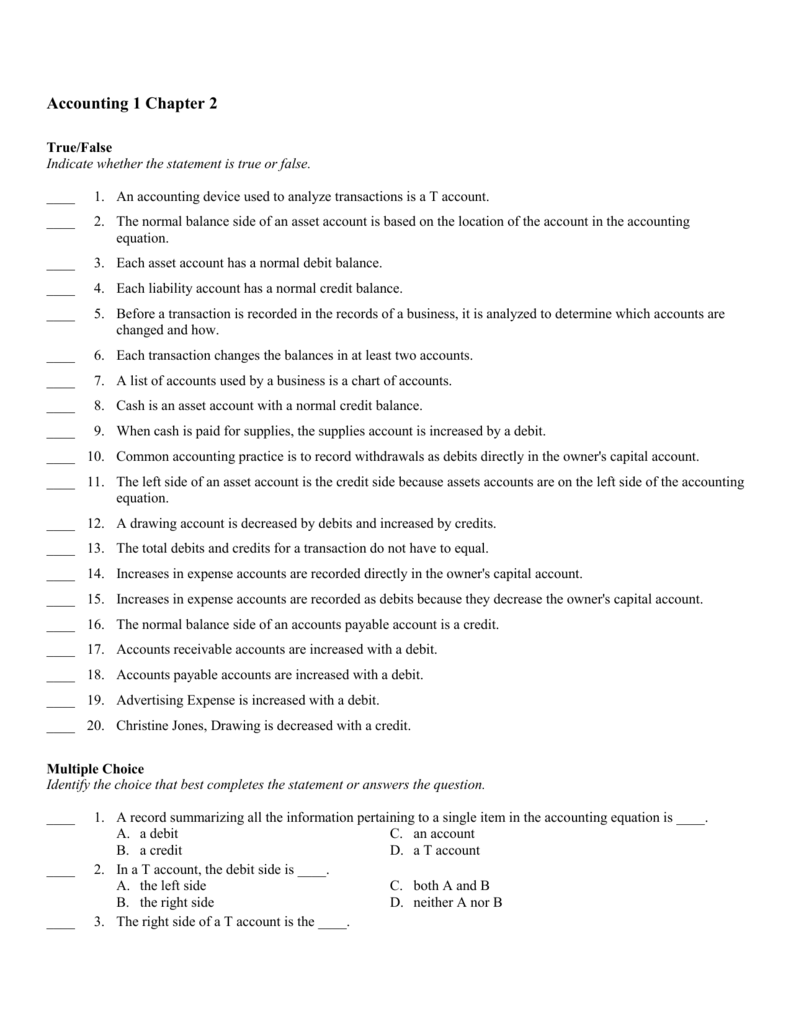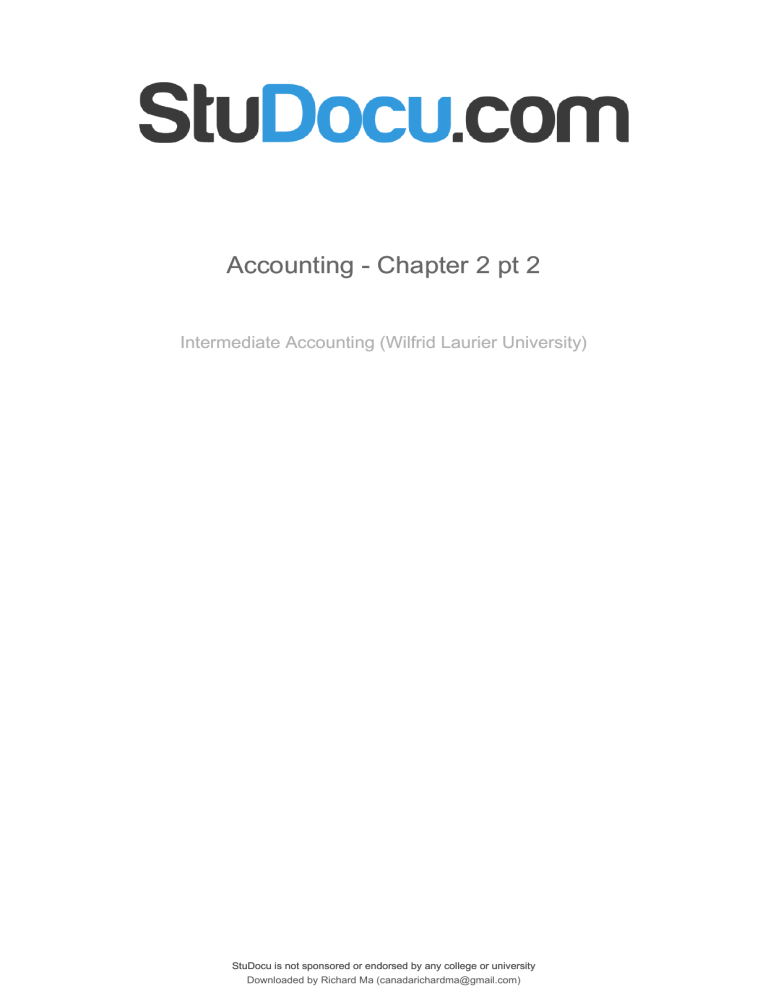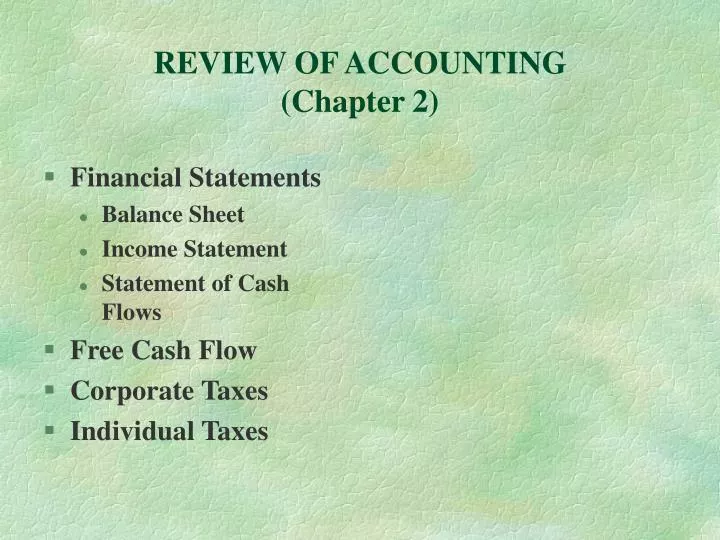Accounting Chapter 2
Accounting Chapter 2 - Web the basic summary device of accounting. Identify fourteen conventional accounting rules; A list of all the accounts of a business and the numbers assigned to those accounts. Process by which companies produce their financial statements for a specific period. The detailed record of all the changes in a specific asset, liability, or stockholder's equity item as a result of transactions. Web study with quizlet and memorize flashcards containing terms like cash, prepaid rent, office supplies and more. Processing transactions into financial reports: They are summarized in this chapter. Web a list of accounts used by a business. Web 1.1 explain the importance of accounting and distinguish between financial and managerial accounting;
Examine the legal authority the international accounting. Lack of physical substance, give owner rights. Web by the end of this chapter you should be able to: The side of the account that is increased. Processing transactions into financial reports: Each journal entry must be supported by a source document probing that a. Web the basic summary device of accounting. An accountant who combines accounting. Web evergrande filed for chapter 15 bankruptcy protection, which allows a us bankruptcy court to step in when an insolvency case involves another country. Obligations a company expects to pay after 1 year.
A list of all the accounts of a business and the numbers assigned to those accounts. Web 1.2 distinguish between financial and managerial accounting; Web the basic summary device of accounting. Web questions chapter 2 (continued) as indicated, level 1 is the most reliable because it is based on quoted prices, like a closing stock price in the wall street journal. Wiley plus 5.0 (2 reviews) current assets click the card to flip 👆 cash and other assets expected to be exchanged for cash or consumed within a year click the card to flip 👆 1 / 54. Assets = liabilities + owner's. 1.2 identify users of accounting information and how they apply information; Web a list of accounts used by a business. The side of the account that is increased. Examine the legal authority the international accounting.
Accounting chapter2
An accounting device used to analyze transactions. Web the basic summary device of accounting. Web study with quizlet and memorize flashcards containing terms like cash, prepaid rent, office supplies and more. Amounts to be received in the future due to the sale of goods or services. Summarize the uk legal requirements covering financial reporting;
Accounting 1 Chapter 2
They are summarized in this chapter. Web chapter 2 analyzing business transactions business transaction is a financial event that changes the resources of a firm. Web 1.1 explain the importance of accounting and distinguish between financial and managerial accounting; Web terms in this set (24) an equation showing the relationship among assets, liablities, and owners equity. Amounts to be received.
accountingchapter2
Web by the end of this chapter you should be able to: Learn vocabulary, terms, and more with flashcards, games, and. Amounts to be received in the future due to the sale of goods or services. Each journal entry must be supported by a source document probing that a. Outline the role of the accounting standards board in that process;
Cost Accounting Spring 2020 Chapter 2 YouTube
Web accounting chapter 2 apr. Examples of common business transactions include such things as purchases, sales, payments, and receipts of cash among other things. Web questions chapter 2 (continued) as indicated, level 1 is the most reliable because it is based on quoted prices, like a closing stock price in the wall street journal. There are five basic types of.
[PDF] Financial Accounting 9th Edition Instructors Review Copy Book
Process by which companies produce their financial statements for a specific period. Web chapter 2 analyzing business transactions business transaction is a financial event that changes the resources of a firm. Chapter 15 bankruptcy is intended to help. Web terms in this set (24) an equation showing the relationship among assets, liablities, and owners equity. Wiley plus 5.0 (2 reviews).
Cost Accounting Chapter 2
It is important to the study of accounting because it shows what the organization owns and the sources of (or claims against) those resources. Identify fourteen conventional accounting rules; Learn vocabulary, terms, and more with flashcards, games, and. 1.2 identify users of accounting information and how they apply information; Web generally accepted accounting principles, asc 105;
Doctor Accounting Chapter 2 Malvern International
1.4 describe the role of the institute of management accountants and the use of ethical standards; An accounting device used to analyze transactions. Web study with quizlet and memorize flashcards containing terms like cash, prepaid rent, office supplies and more. Preparing journal entries, posting, and a trial balance: These tools allow for the accumulation and processing of business information.
Advanced accounting chapter 2 Book Value Goodwill (Accounting)
A list of all the accounts of a business and the numbers assigned to those accounts. Chapter 15 bankruptcy is intended to help. Process by which companies produce their financial statements for a specific period. Web questions chapter 2 (continued) as indicated, level 1 is the most reliable because it is based on quoted prices, like a closing stock price.
Financial Accounting Chapter 2 Part 5 Analyzing Transactions YouTube
A device or convention for organizign and accumulating the accounting of entries of transactions that affect and individual account. It is important to the study of accounting because it shows what the organization owns and the sources of (or claims against) those resources. Web start studying accounting chapter 2 vocabulary. Web chapter 2 analyzing business transactions business transaction is a.
PPT REVIEW OF ACCOUNTING (Chapter 2) PowerPoint Presentation, free
Preparing journal entries, posting, and a trial balance: Web chapter 2 reveals the fundamental tools that are central to virtually every accounting system. A device or convention for organizign and accumulating the accounting of entries of transactions that affect and individual account. They are summarized in this chapter. Web accounting chapter 2 apr.
Process By Which Companies Produce Their Financial Statements For A Specific Period.
Obligations a company expects to pay after 1 year. Each journal entry must be supported by a source document probing that a. Examine the legal authority the international accounting. Chapter 15 bankruptcy is intended to help.
Web 1.1 Explain The Importance Of Accounting And Distinguish Between Financial And Managerial Accounting;
Web evergrande filed for chapter 15 bankruptcy protection, which allows a us bankruptcy court to step in when an insolvency case involves another country. Level 2 is the next most reliable and. Processing transactions into financial reports: An accounting device used to analyze transactions.
Web Study With Quizlet And Memorize Flashcards Containing Terms Like Cash, Prepaid Rent, Office Supplies And More.
1.2 identify users of accounting information and how they apply information; Web questions chapter 2 (continued) as indicated, level 1 is the most reliable because it is based on quoted prices, like a closing stock price in the wall street journal. These tools allow for the accumulation and processing of business information. Assets = liabilities + owner's.
Lack Of Physical Substance, Give Owner Rights.
Outline the role of the accounting standards board in that process; It is important to the study of accounting because it shows what the organization owns and the sources of (or claims against) those resources. The basic summary device of accounting; Amounts to be received in the future due to the sale of goods or services.








